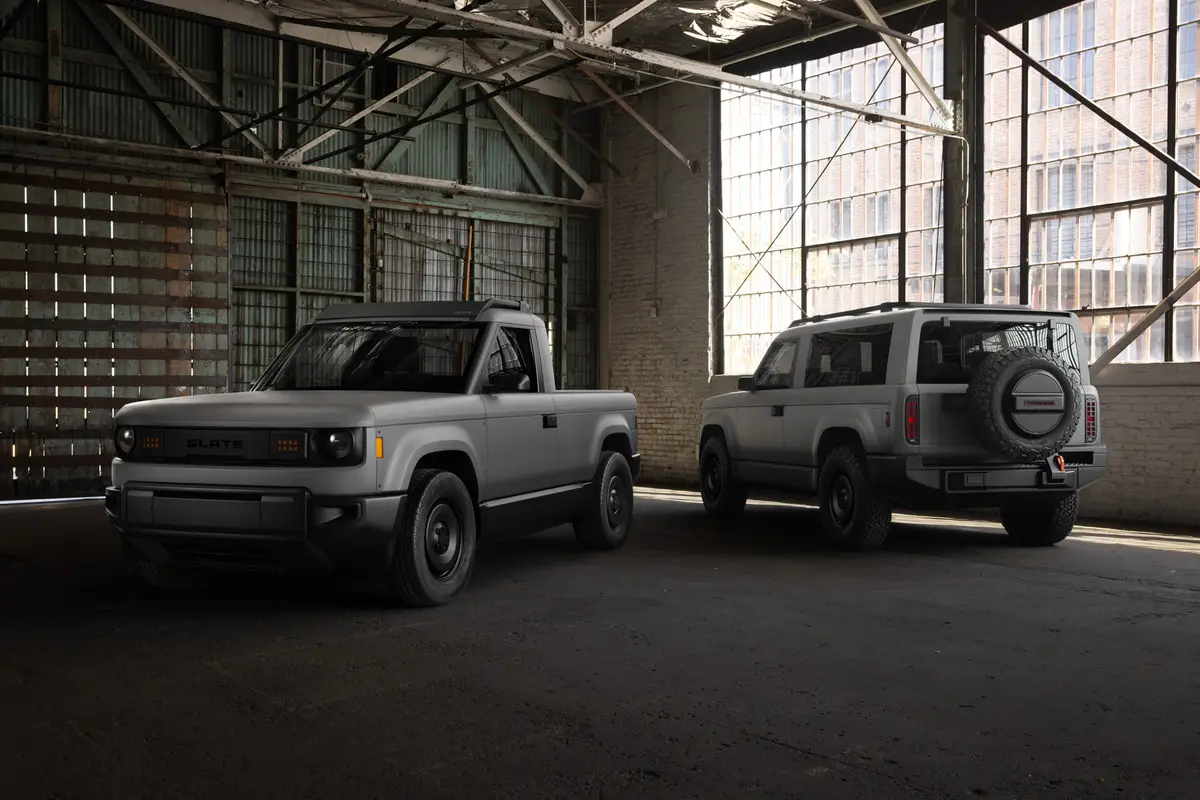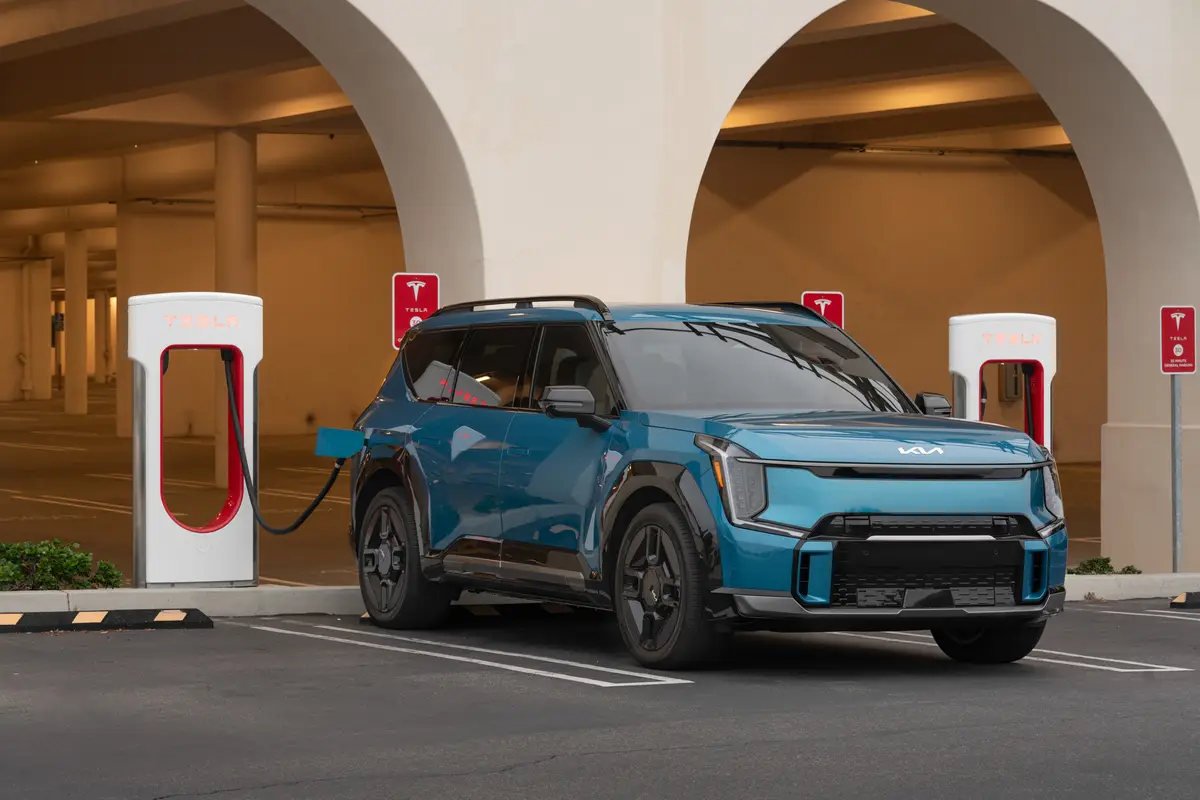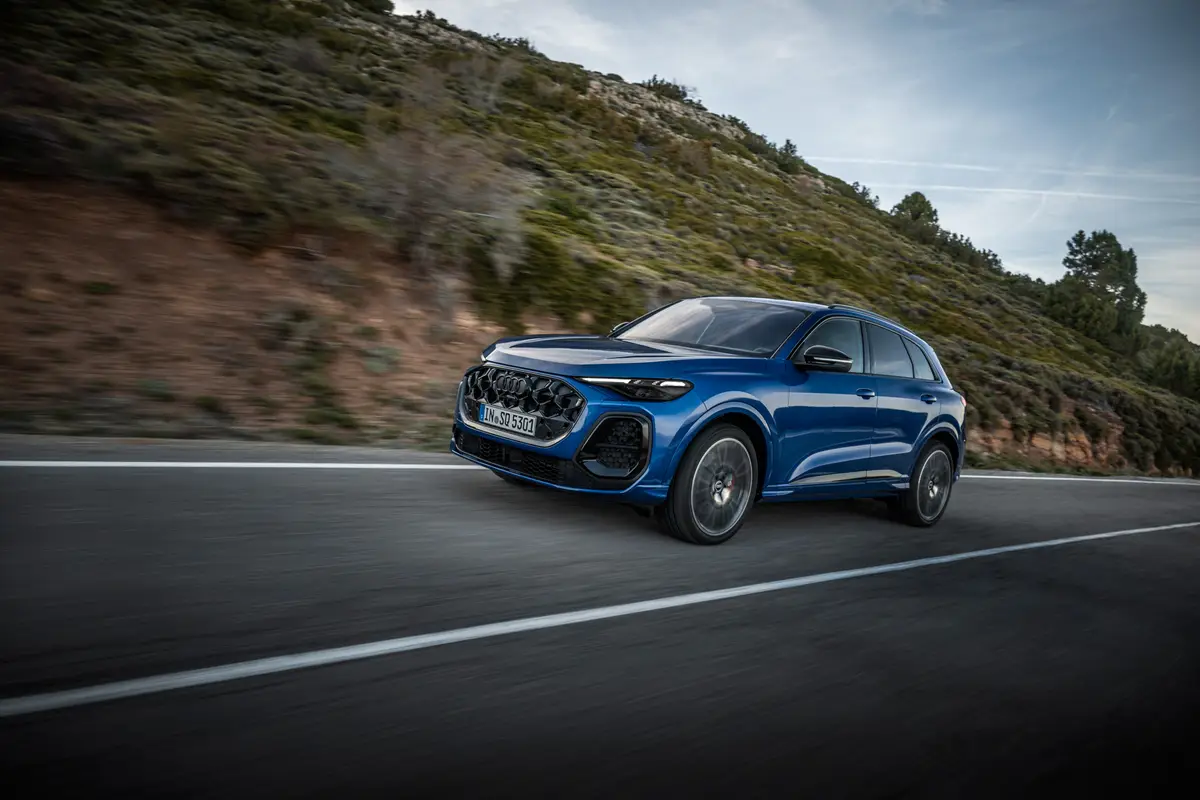Orlando Sentinel's view
James Bond sold out.
What in the world is 007 doing in a car like the BMW Z3? He certainly isn’t going to outrun Blofeld or any of the thugs from SPECTRE in it.
I can’t imagine that 007 – with a license to kill, no less – would willingly trade in his speedy Aston Martin for the cute, harmless little Z3.
The Z3, which made its debut in the most-recent Bond movie, Golden Eye, looks cool in the film, but here in the real world this pricey little roadster has some serious shortcomings.
Whenever a new two-seat roadster comes out, it’s very easy to get caught up in the romance of the thing.
But I won’t be doing that today.
The Z3 is expensive, it’s not particularly well built, and it certainly doesn’t offer much in the way of high performance.
PERFORMANCE, HANDLING
The Z3 is powered by a 138-horsepower 1.9-liter four-cylinder engine that has double-overhead camshafts and 16 valves.
At 2,767 pounds, it is fairly heavy for a small car. BMW says that with a five-speed manual transmission, the Z3 will accelerate from 0 to 60 mph in 9.1 seconds. In the Z3 with the optional four-speed automatic, that time drops to 9.7 seconds. But a test driver for Road & Track magazine was able to coax a 0-to-60 mph time of 8.1 seconds in a five-speed Z3.
I briefly drove a Z3 with a five-speed manual gearbox, but I spent most of my week behind the wheel of a Z3 with an automatic transmission. I preferred the car with the automatic.
Because the Z3 is not fast, it’s easy to just settle for the automatic and enjoy the relaxed nature of the car.
The Z3 accelerates smoothly and strongly. There’s decent passing power when the engine revs to 4,000 rpms. It cruises effortlessly on the highway.
If you stick with the stick shift, you’ll find that BMW engineers have crafted a nicely tuned clutch and shifter. The clutch takes little pressure, and the short-throw shift clicks precisely into each gear.
At first I was underwhelmed by the Z3’s performance. But after I drove the car for a few days, I began to understand what BMW was aiming for with the Z3.
BMW knows there aren’t many young buyers rich enough to spend $32,000 for the Z3. So BMW’s engineers tuned the Z3’s suspension for comfort instead of all-out performance in a bid, I believe, to increase the car’s appeal to older drivers who might buy the Z3 as a second car.
The car has a fairly soft and compliant ride that is both supple and nimble. Yet it also handles well. The four-wheel independent suspension is supremely quiet. The Z3’s super-stiff body allows the suspension’s soft springs to travel up and down without transferring much of the energy to the rest of the car. Bumps don’t affect the Z3 very much.
Our test car came with a power-assisted rack-and pinion steering and four-wheel anti-lock disc brakes. Both items were excellent – typical for BMW.
FIT AND FINISH
The Z3 is built in a new factory in Spar tanburg, S.C. It may take some time before the quality of the cars rolling out of Spartanburg equals that of BMW’s German-made cars.
Both Z3s I tested had numerous fit and finish problems: Trim pieces weren’t on tight, a headlight switch came apart in my hands, and a top didn’t latch tightly on one side.
The amount of equipment the Z3 offers is one reason its price is so high. It comes loaded with power windows, doors locks and mirrors; cruise control; an alarm system; power leather seats; dual air bags; air conditioning, and fog lights. In addition to that, our test car options included the automatic transmission ($975); metallic paint ($475); leather upholstery ($1,175); heaters for the seats and mirrors ($500); onboard computer ($300) and a premium radio ($570).
The leather bucket seats are very comfortable. Several times I spent more than two hours behind the wheel of the Z3, and I never felt cramped, claustrophobic or uncomfortable. The buckets have plentyo padding, and the back-and-forth and up-and-down power switch on the bottom cushion mad e it easy to adjust the seat.
The Z3 has numerous compartments inside the car where you can store small items, such as a wallet or a pair of sunglasses. For instance, there isa lockable storage tray behind the seats and map pockets in the door panels. Nice touch.
I was a little disappointed in the Z3’s rather plain gauge package. It’s the usual BMW white-on-black analog layout, consisting of a speedometer, tachometer and gauges for fuel and temperature.
There are no oil pressure or volt gauges – something every sports car should have.
One other gripe: There are eight BMW logos on the outside of the car. That’s overdoing it a bit.
The Z3’s cloth convertible top is very thick and rich-looking. If you have a strong arm, you can raise it from inside the car. Once up, the top fits tightly around the windows. The Z3 proved leak-proof in heavy rains. One of the test cars, however, needed a slight adjustment when the top frame did not seal tightly against the windshield frame.
Few cars I have tested lately have turned as many heads as the Z3. There’s no doubt that BMW has done a masterful job designing this gorgeous, classy roadster.
But my impression is that the car is really a very mellow machine that needs a bit more power to be considered a serious sports car.
Ironically, BMW does have a true affordable sports car in its corporate portfolio. It’s the new $25,000 mid-engine MGF roadster, now on sale in Europe. In European tests, the new MG has clobbered the Z3 in performance.
But BMW has no plans to sell the new MG in the states. Too bad. The MG and the Z3 certainly would give buyers the choice of performance or luxury.
Truett’s tip: BMW’s new Z3 roadster is a very stylish machine, but its performance and quality don’t justify its high price.
Latest news



